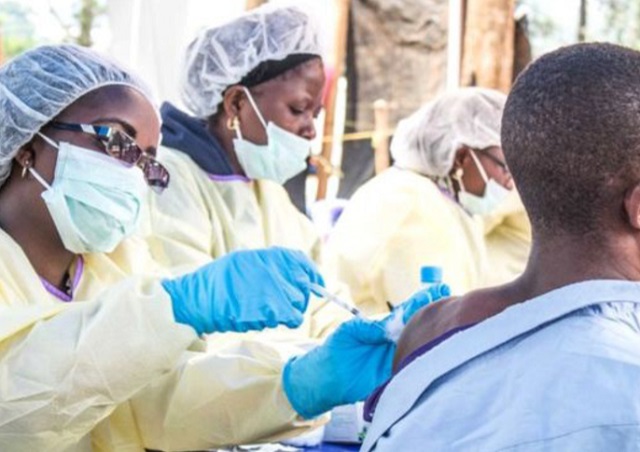
A doctor’s display of confidence in a treatment may make it more effective
| THE INDEPENDENT | New research finds that the placebo effect may be socially contagious. In other words, a doctor’s beliefs about whether or not a pain treatment will work can exert a subtle influence on how much pain the patient will actually experience.
The power of placebo may extend beyond what researchers previously believed. At first, they only used placebos as controls in drug experiments.
With time, however, placebos proved to have value as potential treatments in their own right.
Pain, depression, anxiety, irritable bowel syndrome, Parkinson’s disease, and epilepsy are only some of the conditions that placebos have shown promise in treating.
A new study has looked into another fascinating aspect of the placebo: Does it transmit socially, from one person to another? If so, how? More specifically, how does a doctor’s belief about the effects of a medication affect their patient’s experience of pain?
Luke Chang — the director of the Computational Social Affective Neuroscience Laboratory at Dartmouth College in Hanover, NH — is the corresponding author of the new study.
Chang and colleagues have published their findings in the journal Nature Human BehaviourTrusted Source.
Testing placebo power in 3 experiments
To study the phenomenon of socially transmitted placebo, the researchers devised three experiments. All three involved two different creams that were meant to relieve heat-induced pain by targeting pain receptors on the participants’ skin.
One of the creams was called thermedol, and the other was a control cream. Although different in appearance, both creams were actually placebos — namely, petroleum jelly with no pain relieving properties at all.
The researchers asked undergraduate students to play the roles of “doctors” and “patients.” They informed the “doctors” of the creams’ benefits and conditioned them to believe that thermedol was better at relieving pain than the control cream.
The first experiment consisted of 24 “doctor-patient” pairs. In each pair, the “patient” did not know which cream was thermedol and which was the control. Only the “doctor” knew which was the “effective” cream.
The researchers then applied the creams to the participants’ arms, followed by pain-inducing heat, in order to evaluate the effects of the cream. All participants received the same amount of heat.
During the experiment, all participants wore cameras that recorded their facial expressions in the doctor-patient interactions.
Using a machine-learning algorithm trained on facial signals of pain, the researchers were able to examine the effect of cues such as raised eyebrows, raised upper lips, or nose wrinkling on the perceived effectiveness of the treatments.
In this experiment, the participants reported experiencing less pain with thermedol, and skin conductance tests suggested that they actually did experience less discomfort. Their facial expressions also reflected less pain with thermedol.
In the other two experiments, the researchers applied the creams in different orders, and they led the doctors to believe that they were using thermedol when they were using the control creams, and vice versa.
The experimenters themselves were also blind to the study, not knowing which cream was which. In these experiments, the results were the same.
How doctors’ beliefs affect clinical results
Overall, across all three experiments, the results revealed that when the “doctors” believed that a treatment was effective, the “patients” reported feeling less pain. Their facial expressions and skin conductance tests also revealed fewer signs of pain.
The reasons for this remain unclear. However, the researchers believe that social contagion via facial cues is the most likely explanation.
“When the doctor thought that the treatment was going to work, the patient reported feeling that the doctor was more empathetic,” says Chang.
“The doctor may have come across as warmer or more attentive. Yet, we don’t know exactly what the doctor was doing differently to convey these beliefs that a treatment works. That’s the next thing that we’re going to explore,” he adds.
“What we do know though is that these expectations are not being conveyed verbally but through subtle social cues,” explains Chang.
“These findings demonstrate how subtle social interactions can impact clinical outcomes. […] [Y]ou can imagine that in a real clinical context, if the healthcare providers seemed competent, empathetic, and confident that a treatment may work, the impact on patient outcomes could be even stronger,” said Luke Chang.
“Additional research, however, is needed to see how this plays out in the real world,” he concludes.
****
 The Independent Uganda: You get the Truth we Pay the Price
The Independent Uganda: You get the Truth we Pay the Price


